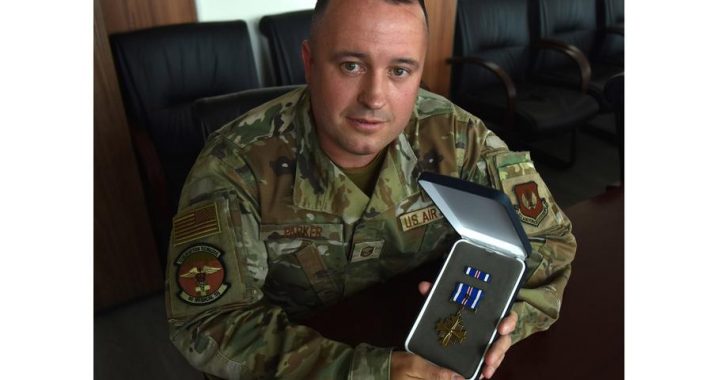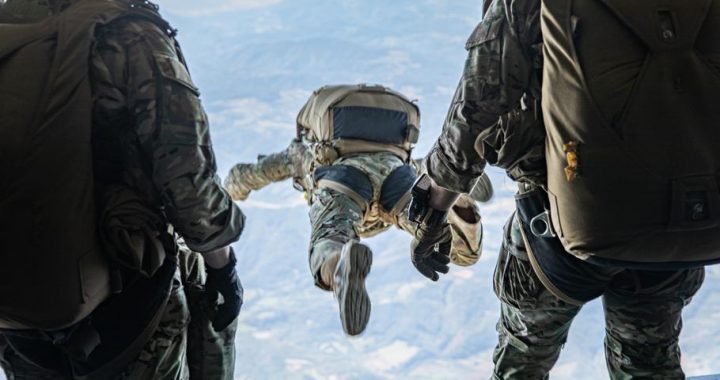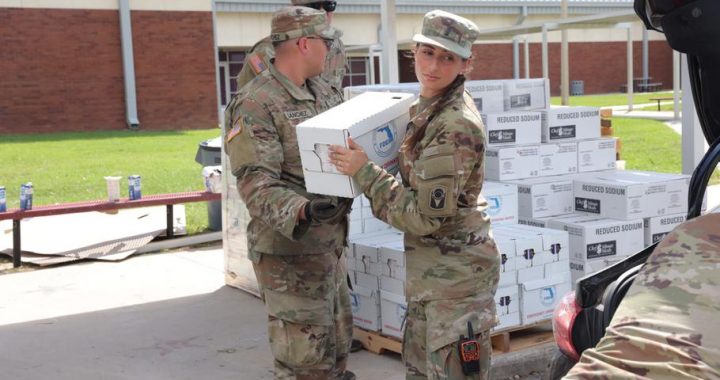US military spent about $2 million to shoot down aerial objects
3 min read
U.S. Chairman of the Joint Chiefs of Staff General Mark Milley participates in a news briefing at the Pentagon—WASHINGTON
The U.S. military spent $1.6 million to $2 million last month to shoot down three unidentified, high-altitude objects over North America, with half of that spent on the mission over Lake Huron in Michigan, the Air Force said Monday.
That price tag covers only the cost of the four AIM-9X Sidewinder missiles ― at $400,000 to $500,000 each ― used to down the objects, Air Force spokeswoman Ann Stefanek said.
Not included in the $2 million total are the cost of the flights to find and shoot down the objects or the cost of the search efforts to recover debris from the objects. The U.S. Coast Guard suspended its search efforts in Lake Huron on Feb. 15 amid poor weather and did not immediately have a cost estimate for the search available Monday. Officials have said no debris was recovered.
The Feb. 12 mission to shoot down the object over Lake Huron cost the most among the three missions because the first missile missed and “harmlessly” landed in the lake before a second missile hit its target, Joint Chiefs Chairman Gen. Mark Milley said last month.
The other Sidewinder missiles used to bring down aerial objects over Alaska and the Canadian Yukon Territory successfully downed those objects on the first try, according to Milley.
The White House last month was pressed on whether the military shoot downs were an “overreaction” amid reports that an Illinois hobby club was missing its weather balloon.
“Absolutely not,” National Security Council spokesman John Kirby responded. “Given the situation we were in, the information available, the recommendation of our military commanders, it was exactly the right thing to do at exactly the right time.”
The last high-altitude object had passed over Wisconsin, Lake Michigan and the Upper Peninsula before it was shot down about 15 nautical miles east of the U.P. in Lake Huron, officials have said.
An F-16 fighter jet from an Air National Guard unit based in Duluth, Minn., took the successful shot at 2:42 p.m. Feb. 12 at about 20,000 feet of altitude on the U.S. side of the border with Canada, officials said. In leaked audio from the F-16 cockpit, the pilot described the object as octagonal shaped and about the size of a four-wheeler.
President Joe Biden defended his administration’s handling of the three high-altitude objects following the downing of a much larger Chinese surveillance balloon on Feb. 4 off the coast of South Carolina.
Biden said the U.S. has no evidence the three objects shot down over Michigan, Alaska and the Yukon were Chinese spy balloons or surveillance vehicles from any foreign country, though officials also don’t know exactly what they are.
“The intelligence community’s current assessment is that these three objects were most likely balloons tied to private companies, recreation or research institutions, studying weather or conducting other scientific research,” Biden said in remarks at the White House last month.
Biden said he acted “out of an abundance of caution” when he gave the order to shoot down the three objects due to their potential “hazards” to civilian air traffic and because officials could not rule out the surveillance risk to “sensitive” facilities.
Michigan’s congressional delegation last month wrote to Defense Secretary Lloyd Austin requesting a classified briefing “as soon as possible” about the “unidentified aerial phenomena” that passed over the Upper Peninsula and was shot down over Lake Huron.
The letter has not yet been answered, according to U.S. Sen. Debbie Stabenow’s office.





